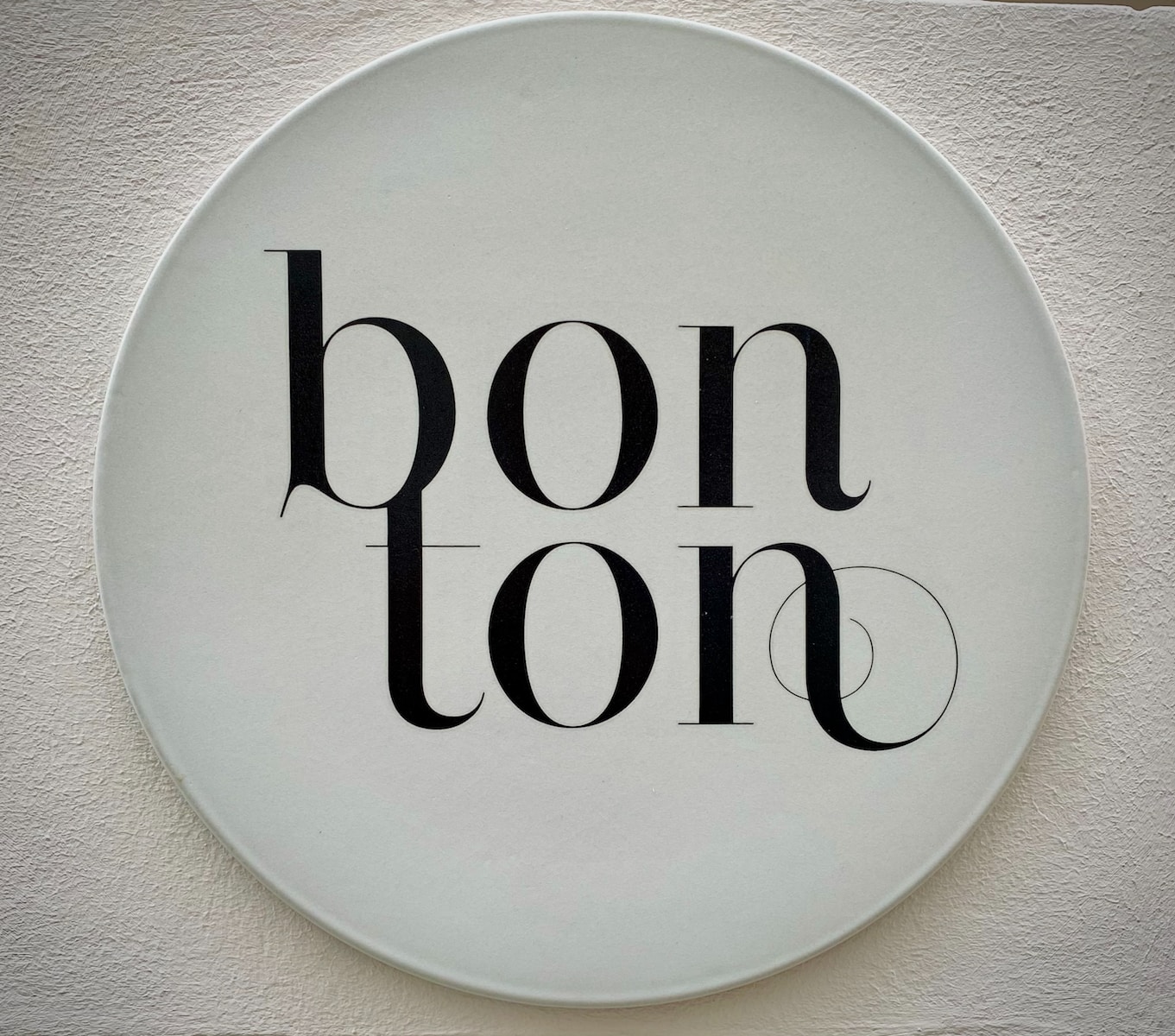Minimalism has become a popular trend in modern brand design, where simplicity and clarity are key elements. It is a design approach that emphasizes the use of minimal elements, such as simple shapes, colors, and typography, to create a clean and uncluttered look.
The integration of minimalism into modern brand design is not only aesthetically pleasing but also has practical benefits. It helps to improve brand recognition, increase brand loyalty, and enhance the overall user experience.
One of the main advantages of minimalism in brand design is that it creates a strong visual identity for the brand. By simplifying the brand’s visual elements, such as the logo and color palette, it becomes easier for customers to recognize and remember the brand. This, in turn, helps to build brand loyalty and increase customer retention.
Another benefit of minimalism in brand design is that it enhances the user experience. By using simple and clear design elements, brands can create a more user-friendly interface that is easy to navigate and understand. This is particularly important in today’s fast-paced digital world, where users have limited attention spans and are constantly bombarded with information.
In addition to improving brand recognition and user experience, minimalism also has economic benefits. By simplifying the design elements, brands can save on production costs, such as printing and packaging. This is particularly important for small businesses and startups that have limited budgets.
However, it is important to note that minimalism in brand design should not be taken to the extreme. While simplicity is important, it is also important to maintain a balance between minimalism and functionality. Brands should ensure that their designs are not so minimal that they lose their functionality or fail to communicate their message effectively.
In conclusion, the integration of minimalism into modern brand design has become a popular trend for good reason. It helps to improve brand recognition, increase brand loyalty, enhance the user experience, and save on production costs. However, it is important to maintain a balance between minimalism and functionality to ensure that the design effectively communicates the brand’s message.




